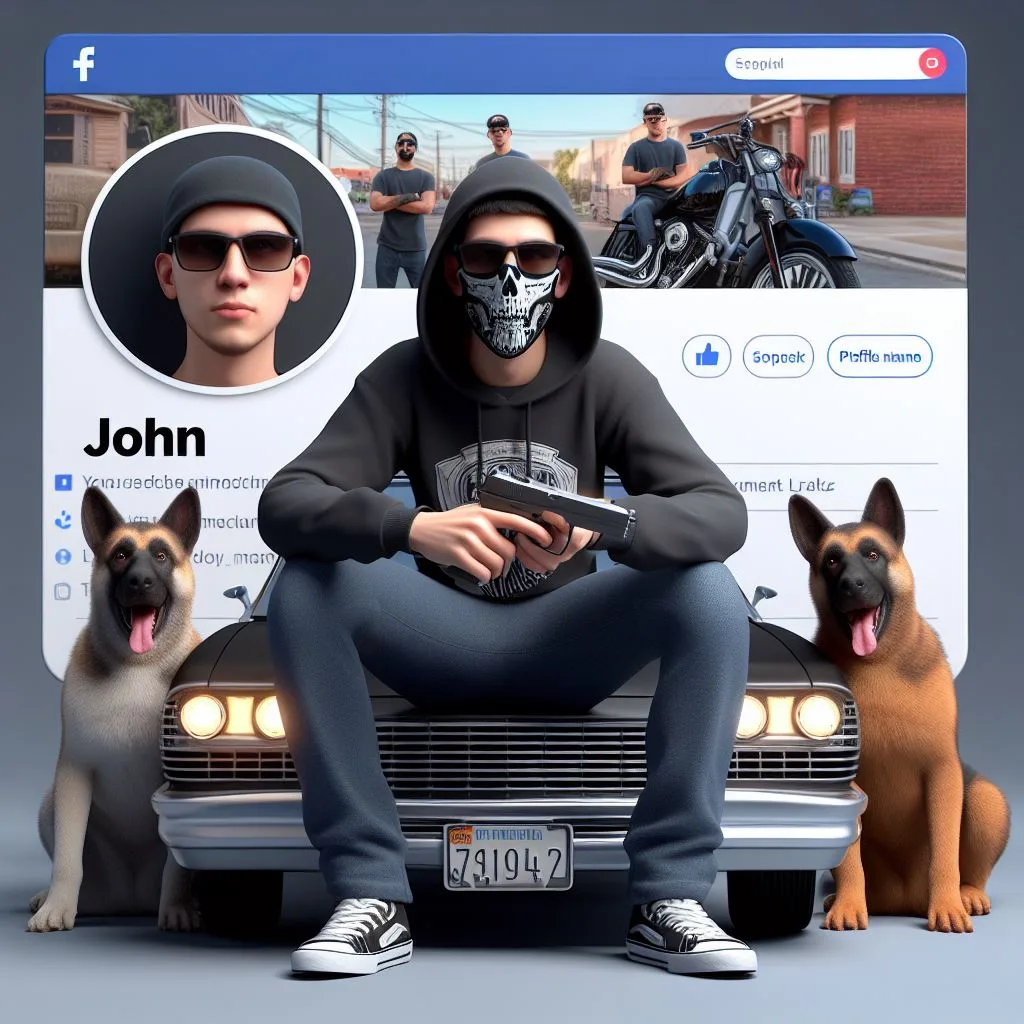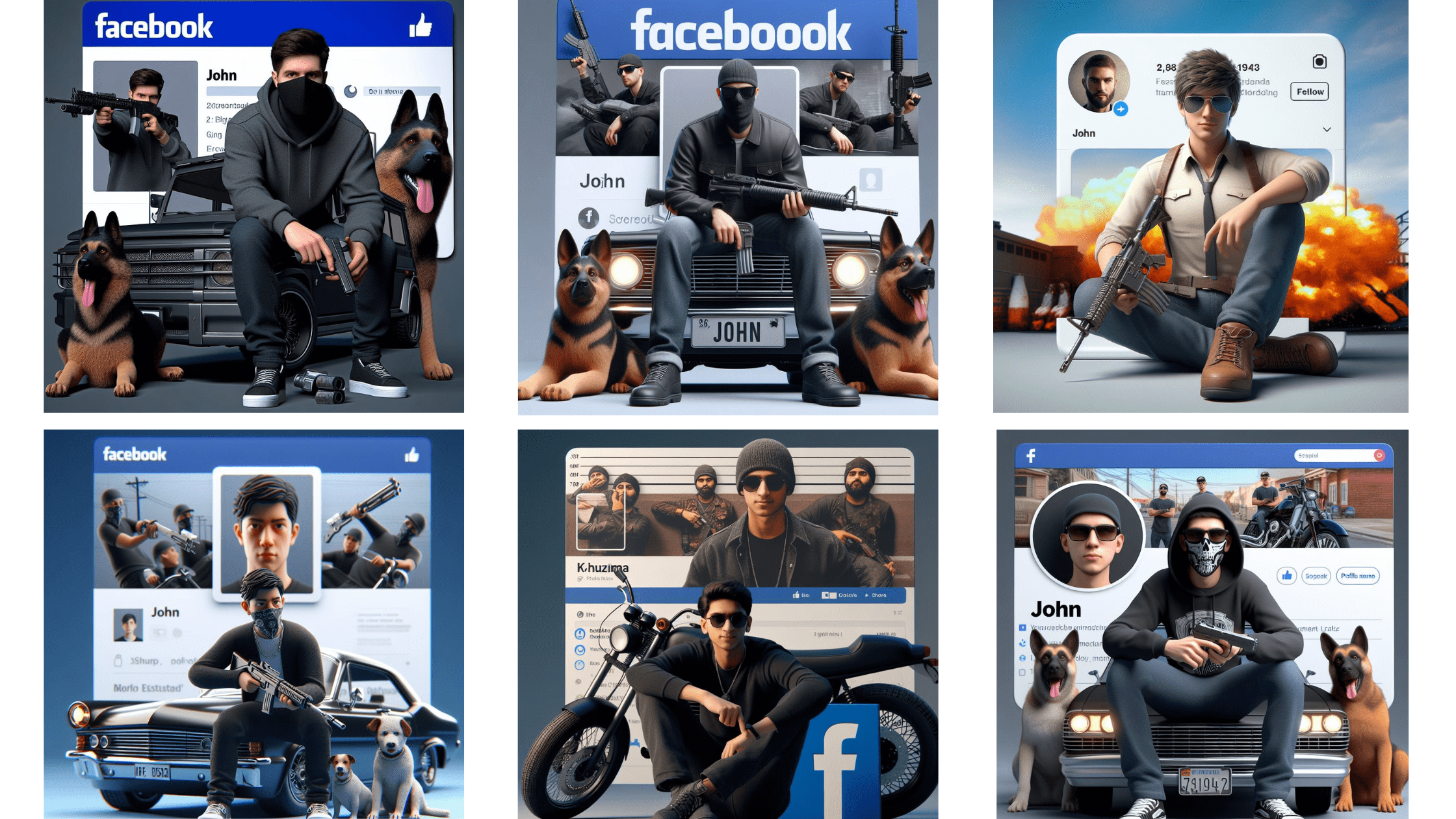Define Objectives and Style:
-
Define Objectives:
- Clearly outline the purpose or intended use of the generated images. Are you creating artwork, realistic scenes, or specific visual content for a project? Understanding the goal helps guide subsequent decisions in the image generation process.
-
Specify Artistic Style:
- Determine the aesthetic qualities or style you want the images to exhibit. This could include factors such as color schemes, texture, level of abstraction, or any other visual elements. Whether you’re aiming for a realistic look or a unique, abstract style, defining this aspect helps shape the direction of your image generation project.
-
Consider Constraints:
- Identify any constraints or limitations, such as size, format, or specific content requirements. This could include aspects like resolution, aspect ratio, or adherence to certain themes. Understanding these constraints ensures that the generated images align with your project’s specifications.
-
User Feedback (if applicable):
- If the images are intended for a specific audience, consider any feedback or preferences from users. This is particularly relevant if the generated images are part of a larger application or project. Tailoring the objectives and style to user expectations can enhance the overall success of the image generation process.
I’ve provided all the prompts for generating images using AI. These prompts are available at the end of the article for my viewers.
- If the images are intended for a specific audience, consider any feedback or preferences from users. This is particularly relevant if the generated images are part of a larger application or project. Tailoring the objectives and style to user expectations can enhance the overall success of the image generation process.
Top 10 Best Free Text-to-Image Software
- Canva:
- Canva is a versatile graphic design platform that offers a user-friendly interface, making it easy to create visually appealing text-to-image designs. It provides a wide range of templates and customization options.
- GIMP (GNU Image Manipulation Program):
- GIMP is a powerful open-source image editing software. While not exclusively designed for text-to-image conversion, its flexibility allows users to create intricate designs by combining text and graphics.
- Pixlr:
- Pixlr is a web-based and mobile-friendly image editing tool that offers a range of features for creating text-based images. It’s intuitive and suitable for both beginners and experienced designers.
- Snappa:
- Snappa is a web-based graphic design tool that simplifies the process of creating social media graphics, banners, and other visual content. It includes customizable templates and a drag-and-drop interface.
- Crello:
- Crello is a graphic design platform with an extensive library of templates. It enables users to add text to images, customize typography, and create engaging visual content for social media and beyond.
- Picfont:
- Picfont is a straightforward online tool specifically designed for adding text to images. It’s easy to use, allowing users to upload an image, add text, and customize font styles and colors.
- Photopea:
- Photopea is an advanced online image editing tool that closely resembles Adobe Photoshop. It supports text layering, making it suitable for users familiar with professional editing software.
- BeFunky:
- BeFunky is an online photo editor and graphic design tool that offers a user-friendly interface for adding text to images. It provides a range of fonts, effects, and templates.
- Piktochart:
- Piktochart is primarily known as an infographic maker, but it can be effectively used to create text-based images. It’s a web-based tool with easy-to-use drag-and-drop functionality.
- Bing Image Search:
- Bing Image Search is a search engine by Microsoft that allows users to find and discover images on the internet. It can be used to source images that can later be edited or incorporated into text-based designs.

- Bing Image Search is a search engine by Microsoft that allows users to find and discover images on the internet. It can be used to source images that can later be edited or incorporated into text-based designs.
Collect and Prepare Data:
Dataset Selection:
-
- Identify and acquire a dataset that aligns with the objectives of your image generation project. The dataset should represent the type of images you want the AI model to generate. Consider factors such as diversity, size, and relevance to your goals.
-
Data Preprocessing:
- Prepare the dataset for training by performing preprocessing tasks. This may include resizing images, normalizing pixel values, handling missing data, and applying other transformations to ensure uniformity and compatibility with the chosen model architecture.
-
Train-Validation Split:
- Split the dataset into training and validation sets. The training set is used to train the model, while the validation set helps assess the model’s performance on unseen data. A common split is around 80% for training and 20% for validation.
4. Choose or Design Model:
-
Model Selection:
- Decide whether to use a pre-trained model or design a custom neural network architecture for image generation. Pre-trained models, like GANs (Generative Adversarial Networks) or VAEs (Variational Autoencoders), can provide a starting point, while custom architectures allow more control over specific features.
-
Architecture Considerations:
- Define the architecture’s structure, including the number of layers, types of layers, and activation functions. Adjust the architecture based on the complexity of the image generation task and the characteristics you want in the generated images.
-
Hyperparameter Tuning:
- Fine-tune hyperparameters such as learning rate, batch size, and regularization parameters. Experiment with different values to optimize the model’s training process and achieve the desired balance between fast convergence and generalization.
5. Train the Model:
-
Dataset Input and Augmentation:
- Feed the prepared dataset into the model during the training process. Consider data augmentation techniques to introduce variety and reduce overfitting, especially when working with limited data.
-
Monitor Training Progress:
- Keep track of the model’s performance metrics during training, such as loss and accuracy. Use visualization tools to assess convergence, identify potential issues, and decide when to stop training to avoid overfitting.
-
Adjust Training Parameters:
- Iterate on the training process by adjusting parameters based on performance observations. This may involve modifying the learning rate, adding regularization, or updating the model architecture to enhance overall image generation quality.


- Iterate on the training process by adjusting parameters based on performance observations. This may involve modifying the learning rate, adding regularization, or updating the model architecture to enhance overall image generation quality.
6. Generate Images:
-
Input Variation:
- Experiment with different inputs or random seeds to explore variations in the generated images. Adjusting input parameters can result in diverse outputs, allowing you to choose the most suitable images for your objectives.
-
Quality Assessment:
- Evaluate the quality of generated images against your defined objectives and style. Consider metrics such as visual appeal, realism, and adherence to specific criteria. This assessment guides further refinement of the model if needed.
-
Iterative Generation:
- Generate images iteratively, refining the process based on feedback and evaluation results. This iterative approach allows for continuous improvement and adjustment of the model to meet your image generation goals.
These points highlight crucial aspects of designing, training, and utilizing the model for image generation, emphasizing the need for careful consideration, monitoring, and refinement throughout the process.
AI IMAGES PROMPTS
click timer button to get all prompts⇓
click timer button to get all prompts⇓
WATCH VIDEO EARN MONEY








Prompt reqired plz trik